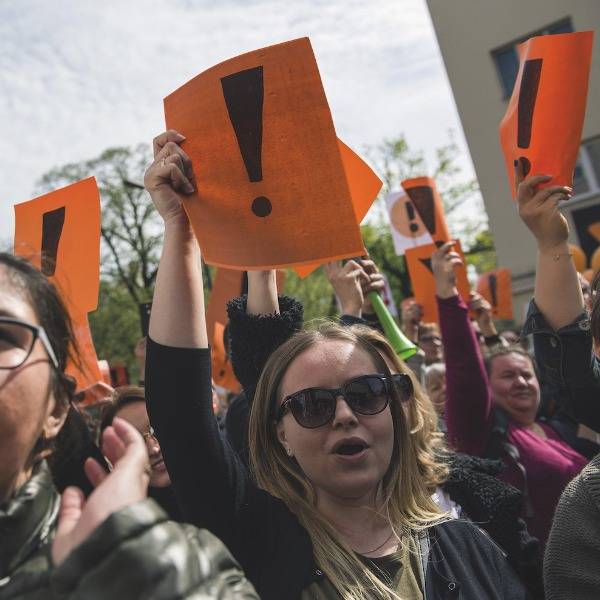Say you've spent the last three years in bed and your coursework is due in tomorrow. Or your consciousness has been so heightened that you've missed all your lectures.
Maybe your finger has just slipped on delete and that half-written essay has vanished into trash. Or you've forgotten to do one at all and that deadline is looming. No need to panic. All you have to do is pass off someone else's work as your own. It's a time-honoured trick that's never been easier. And everyone's at it. Many American universities now report a 20 per cent rise since the late 90s in incidences of plagiarism, with the use of internet sources rising to an average of 90 per cent.
If you want to get in on the plagiarism act and, let's face it, cutting and pasting takes nothing like as long as reading and digesting the easiest method is simply to check in to an online essay-writing service. The web is crawling with them. Try www.go2essay.com for a start. For just $13.95 they'll take the whole burden off you all you have to do is sign your name.
One drawback is that the web is also crawling with agencies that specialise in plagiarism checks. But that doesn't need to be too much of a problem if you're careful. No one is going to suspect you if they're not even sure who you are. Just enlist in the most oversubscribed modules, where class sizes have soared from seminar groups to small villages. You'll probably be safe.
If you're unlucky, remember the golden rule: in the face of incontrovertible
evidence, deny everything.
"This essay doesn't quite seem to be in your normal voice," one Journalism tutor broached. "Oh yeah? Whose voice is it then?" "Er Roy Greenslade's actually," replied the tutor. The student expressed faint but untroubled surprise at the coincidence.
One of my colleagues was handed an essay she thought looked familiar. It had been copied from her own book. When confronted the student explained that she was such a good teacher he'd totally internalised all she'd had to say and now these thoughts had become his own.
Best of all are the excuses of those from distant lands, especially the Far East. "This is not a concept we recognise in my culture. For us, to repeat the work of another is a homage." It's undoubtedly true that quite a few regimes are rooted in the regurgitation of established notions. There, it's original ideas and radical approaches that are far more likely to get you into trouble.
Some may practise the art of insouciance; others have all but perfected it.
Take Pulitzer-prize-winning historian Doris Kearns Goodwin, forced to admit that passages in her 1987 book The Fitzgeralds and the Kennedys had been borrowed from three other works. She claimed it was an accident.
Goodwin's stand-down came in the wake of an even more ferocious academic scandal. Historian Stephen Ambrose admitted that he had incorporated other writers' work into at least six of his own books. His excuse? "I tell stories I am not writing a PhD dissertation."
An Amsterdam court recently stopped publication of the first western edition of The Magic Double Bass by Dmitry Yemets, a Russian novel about a girl wizard called Tanya Grotter, after J.K. Rowling claimed it copied Harry Potter and the Philosopher's Stone. Yemets is unrepentant, describing his work as a parody. "Tanya Grotter won a moral victory," Yemets said in Moscow. "Now everyone will say that Harry Potter had to run away from a little girl."
Wizard schools, ball games in the air and magic parentage may be hallmarks for Harry. But there's no copyright on creation myths. Indeed, the whole religious conceit rests on the repetition of them. And that goes for the visuals, too. It's difficult to imagine the grand masters of the Renaissance, all hard at work on their Adorations of the Magi and Passions of Our Lord, accusing each other of stealing a beatific halo here, an expression of divine agony there. Imitation is kind of the point.
But then, plagiarism is always a bit of a blurred area in the world of images. Which means that if you're at Art School, you're laughing. Stand by your unmade bed, your pornographic wall, your dead cow or your flickering gallery lights. These are not copies; they are ironic statements, poststructuralist reflections adding layers of questioning to the very concept of the original.
This approach has been massively legitimised by the photographer Sherry Levine who turned plagiarism into art when she reproduced a poster already a reproduction of the work of Edward Weston whose photographs were based on the male nudes of Greek classical sculptor Praxiteles. Her reproductions were hailed as original and that's what you have to hang on to. Your reproductions of reproductions are comments on comments. They are interventions.
After all, in the art world this is how schools are formed, movements, genres. My head of Photography is getting depressed at the number of students who tell him they're planning to do "something around the banal" after the example of such famously commonplace figureheads as Paul Graham and Aaron Schuman. Typically they will devote their third year efforts to capturing the charms of disused water towers or rubbish-strewn beaches in midwinter.
Don't knock it. If you haven't quite decided on that major project yet and it's due in tomorrow, just do something around the banal, preferably copied. Stick a bunch of postcards on a notice board and name it Static Travel. Mount some pictures of yourself as a baby and explain it's an unpacking of childhood.
A fine example of concept burglary still wobbles proudly in my Ceramics department. It's a plaster figure of the footballer Pele which was once handed in as course work. Underneath, ineptly scratched out, three telltale words are still discernible: 'Made in Taiwan'.
You should be okay if you're a music student, too. Plagiarism is notoriously difficult to pin down in the record business. True, George Harrison had to pay up a few years ago after a court recognised the striking similarity between 'My Sweet Lord' and the Chiffons' 'He's So Fine'. But it's rare. How else could an entire industry have been built out of twelve bars in the same formation? If your composition involves scratching and sampling, all to the good. Pile on the references, swipe in the stolen phrases. This is just another version of postmodern intertextuality, as Leadbelly would undoubtedly have told you 60 years ago in relation to the mongrel origins of 'Goodnight Irene'.
I hope I didn't hear that dissenting voice at the back, suggesting that there's anything wrong with a little bit of theft. Did someone mutter something about integrity? The disinterested motives of the scholar? The devoted pursuit of pure research and unsullied degree classifications that are the gold standards of the university?
Okay, so the academy can be a trifle high-minded about plagiarism. But don't be too worried by a few stuffy rule-makers. They're just stuck in their ivory towers, pontificating over their outmoded rules of intellectual engagement.
If you really want an up-to-the-minute moral standpoint on the matter you need look no further than our own government and its dossier of evidence on Iraq's weapons of mass destruction. Were they bothered by the fact that a huge chunk of this tome was lifted from a non-accredited and somewhat outdated PhD thesis? Were they Moses! In it went, straight into the dossier, straight out again as a press briefing. And in no time at all we were at war.
That's how powerful plagiarism can be. Take my word for it.

